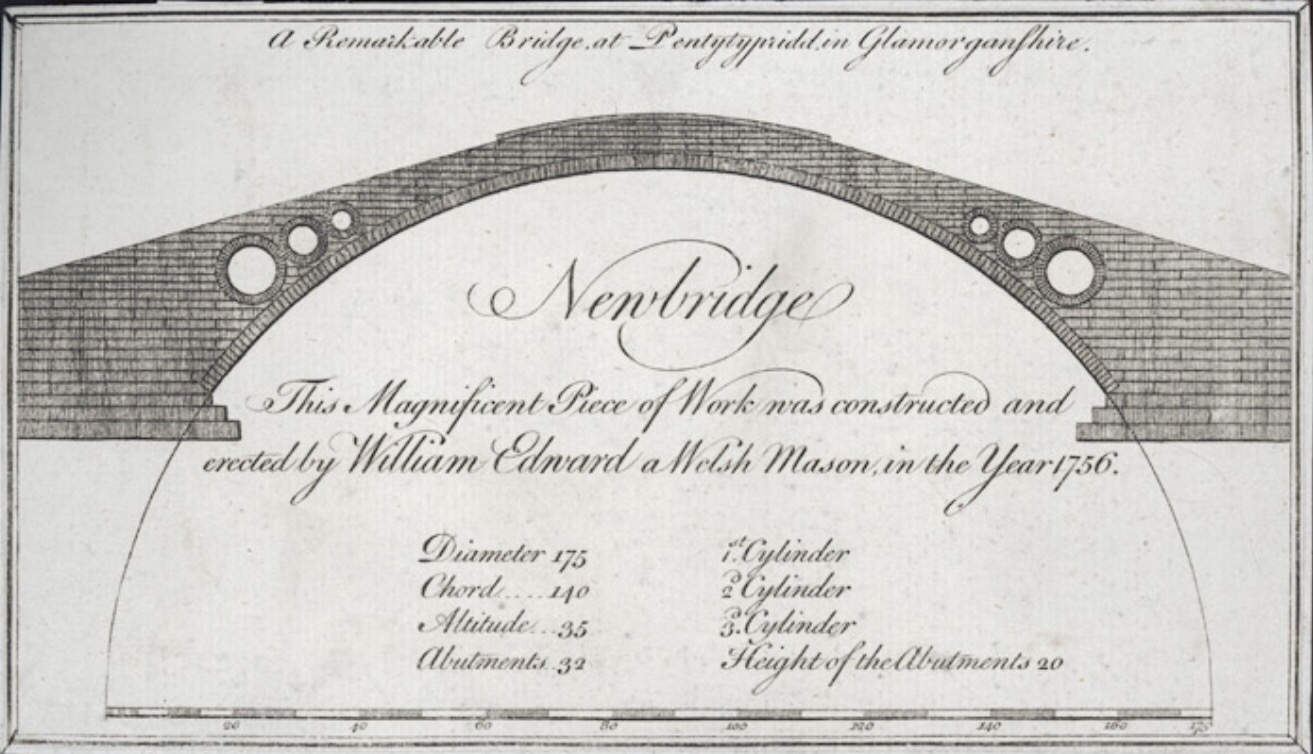
Last week I got stuck on Leeds Railway Station for a few hours. It gave me the opportunity to have a conversation with a chilled out and extremely well-informed individual, who seemed to know everything that was going on. They weren’t a train company employee, just someone who had harnessed the power of Twitter. Through Twitter feeds from the Train companies and ‘listening’ to other tweets they knew exactly what was happening and were organising themselves accordingly (no stress).
In the conversation they mentioned how good they thought London Midland Railways were at using Twitter, so I decided to take a look. Out of curiosity I also had a quick browse at the Twitter presence of my local train company, Arriva Trains Wales. My first impressions were that London Midland (LMR) seemed have taken full advantage of Twitter and are using it effectively to manage some of their customer relations. Arriva Trains Wales (ATW) weren’t using Twitter to engage with their customers to the same level. This might have explained the people expressing their views via unofficial #arrivatrains tweets, where they were using lots of rude words.
This grabbed my attention. No way I was going to leave this alone without a bit of deeper digging. Here are some of my observations on how the two organisations use Twitter. At the end there is also a comment on how some of this might be relevant to public service organisations which are also using Twitter.
Volume and Frequency. LMR tweet a lot! There were over 20,000 on their profile and I counted about 160 tweets on a last Saturday (30th June). This huge volume and frequency may be a consequence of them running about 1300 services a day and dealing with 50 million passengers a year. Along with this huge volume of tweets, what amazed me was that most tweets seemed to be direct responses to questions or conversations with the customers. Tweets were being sent directly to individuals. Whatever way you look at it, that’s an absolutely huge database of information and interactions with customers, what they think and feel about the service provided. What a valuable resource.
By comparison ATW had sent out 1300 tweets. OK they are smaller than LMR with 65,000 passenger journeys a day (approx 23 Million per year) but they had managed to attract 2,800 followers compared to LMR’s 7,200. So customers are interested in what they have to say on Twitter. I couldn’t get a number of tweets for last Saturday (30th July) there were none. On the previous Friday there were 2 and the Thursday 8. In comparison the LMR tweeters seem to operate well beyond ‘office hours’ and really get stuck into the conversation. Passive they are not.
 Routine customer service. “I’ve had a problem and want it sorted”………I can help……. “Here is the link to where you can claim a refund”. Very straightforward.
Routine customer service. “I’ve had a problem and want it sorted”………I can help……. “Here is the link to where you can claim a refund”. Very straightforward.
Tone and Interaction. I won’t try and explain much here, just insert an example of the things I’ve seen. The LMR tone is quite informal, but overall really helpful. The ATW tweets are factual and informative, but there’s no interaction with the customers. It’s all ‘push outwards’ tweeting and little responding to incoming traffic. I think they might be missing a trick here as there are lots of people tweeting back to LMR and thanking them for the help. Have a look for yourself:
 This was part of a longer conversation where the customer was unable to get the service. The LMR tweeters had provided information and then followed up with a question asking if it had worked. The end result is a happier / less unhappy customer.
This was part of a longer conversation where the customer was unable to get the service. The LMR tweeters had provided information and then followed up with a question asking if it had worked. The end result is a happier / less unhappy customer.
I could go on for ages on this, but probably best not to. It’s getting a bit obsessive and I might have invented a new age addition to train spotting, Rail Company Twitter watching. I’m stopping for my own good.
One final thing, I don’t know if the use of Twitter had anything to do with it, but LMR had good results for their 2010 customer satisfaction.
So, what’s the PONT?
- Some Train Companies have huge experience of using Twitter (20, 000 tweets). Perhaps other organisations can learn from their experience?
- Interactions with customers over Twitter provide a huge database of information that can be used to improve services.
- Amongst the complaints, lots of people seem to give the organisations positive feedback on Twitter. Particularly if they respond and tried to help.
Picture source: http://blog.piersdillonscott.com/2009/08/rail-fail/

Leave a reply to Rob Powell Cancel reply